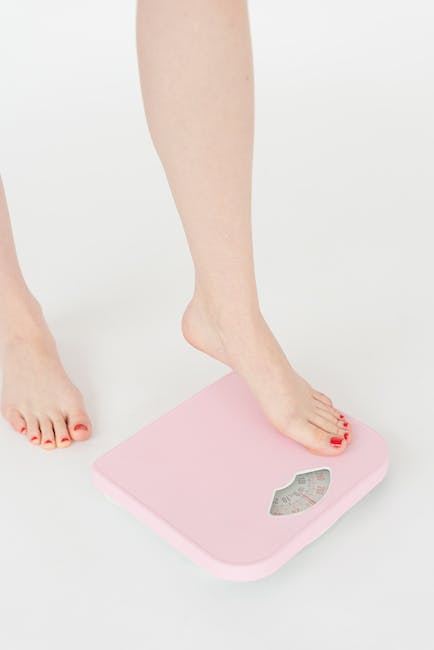
keto diet foods
The keto diet has become increasingly popular with people looking to lose weight and feel their best. This diet focuses on reducing carbohydrate intake, and instead relies on fats and proteins for energy. By cutting out carbs, your body enters a state of ketosis, your metabolism switches to burning fat as a primary source of energy, and your body begins to shed extra weight. Moreover, switching to the keto diet can lead to improved energy levels, better mental clarity, and overall improved health.
If you’re looking to make the switch to a keto diet and achieve life-changing results, look no further! In this guide, we’ll provide you with the tools you need to get started, as well as actionable strategies to help you stay on track throughout the process.
Get Started with the Basics
Before you get started, it’s important to spend some time understanding the basics of the keto diet. The keto diet recommends limiting your carbohydrate intake to 20-30 grams per day, while increasing your fat and protein intake. This means that you’ll need to drastically cut down on sugary treats, starchy foods (such as bread, pasta, and rice), and processed foods. Instead, you’ll need to focus on high-fat, low-carb foods such as avocados, nuts, seeds, and fatty fish.
It’s also important to understand the different macronutrients that make up the keto diet. Macronutrients are the major nutrients that provide your body with energy: proteins, carbohydrates, and fats. Proteins provide 4 calories per gram, carbohydrates provide 4 calories per gram, and fats provide 9 calories per gram. The keto diet recommends that your macronutrient breakdown should be approximately 70-80% fat, 20-25% protein, and 5-10% carbohydrates.
Plan Ahead to Stay on Track
Once you have a better understanding of the keto diet and its macronutrient breakdown, it’s important to plan ahead. This will help you stay on track and achieve your goals. You’ll want to start by setting a realistic goal for yourself, such as losing 10 pounds in two months. Next, you’ll want to determine your daily caloric needs and create a meal plan that meets those needs. Be sure to include meals that are high in fat, low in carbs, and full of whole foods.
It’s also important to make sure that you’re drinking enough water and getting enough sleep each night. This will help you stay hydrated and rested, which is essential for keeping your energy levels up. Additionally, it’s important to track your progress as you go. This will help you identify potential areas of improvement and stay motivated throughout the process.
Take Advantage of Supplements
In addition to following the keto diet and sticking to the lifestyle changes we’ve outlined, it’s important to take advantage of supplements. Supplements such as electrolytes, MCT oil, creatine, and omega fatty acids can help you get the most out of your diet and exercise routine. Electrolytes, in particular, can help replace essential minerals and vitamins that may be depleted during the keto diet.
Finally, if you’re feeling overwhelmed or unsure about what you’re doing, it’s important to consult with a medical professional or nutritionist. They can provide personalized advice, answer specific questions, and help you achieve results safely and effectively.
Conclusion
The keto diet is a great way to jumpstart your health and achieve life-changing results. This guide has provided you with the essential information and actionable strategies you need to get started. By utilizing the tips and tricks outlined above, you can boost your energy levels, lose weight, and feel fitter and healthier than ever before.
